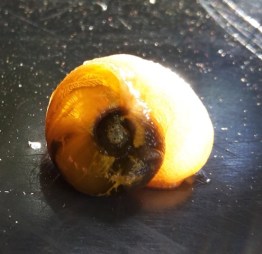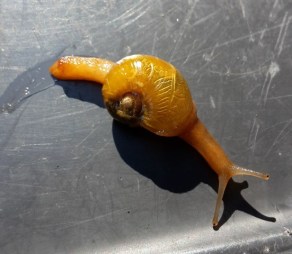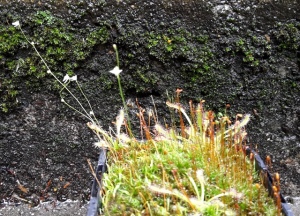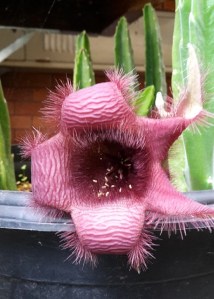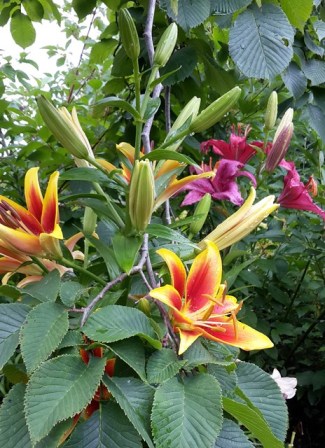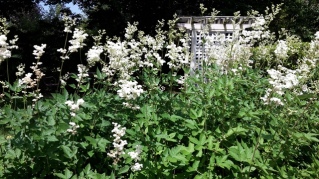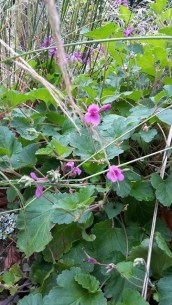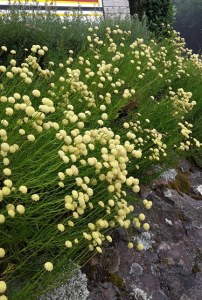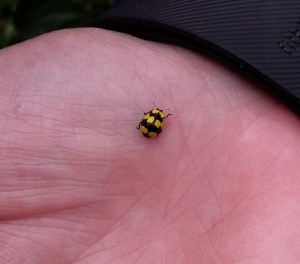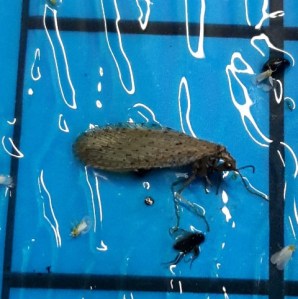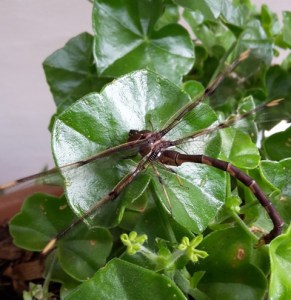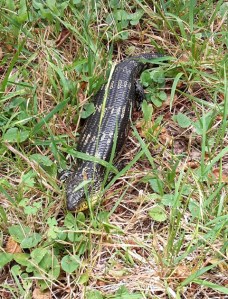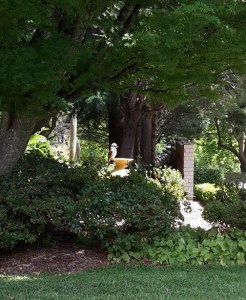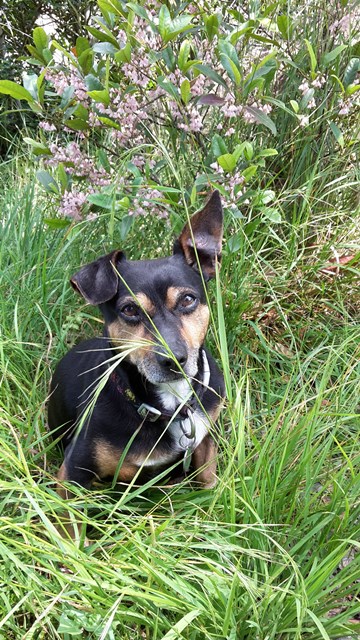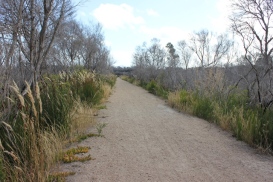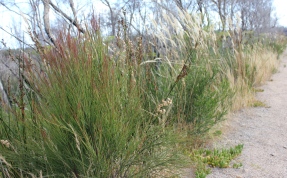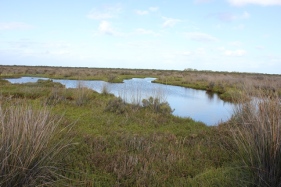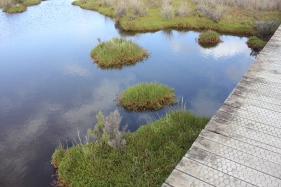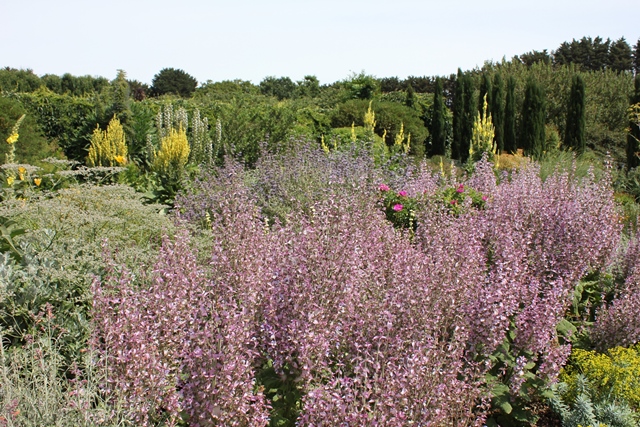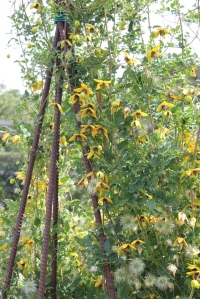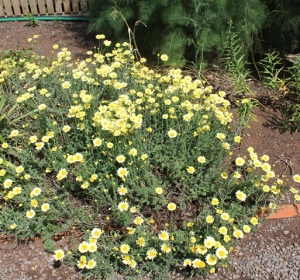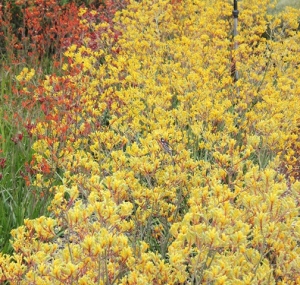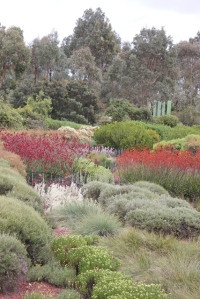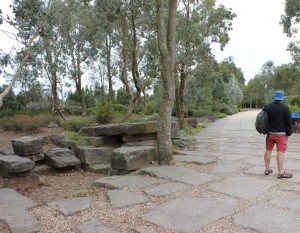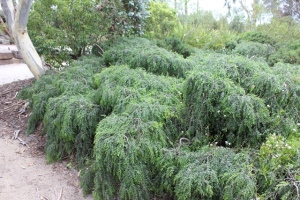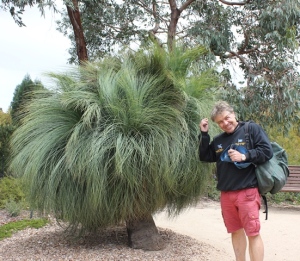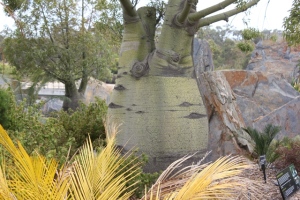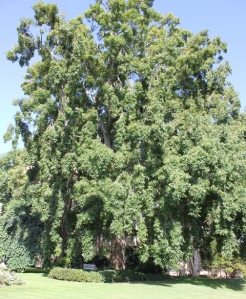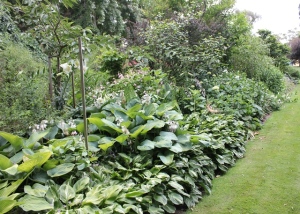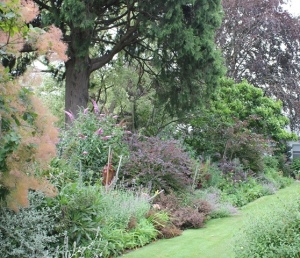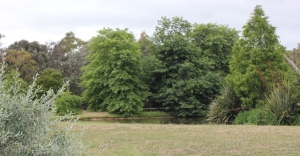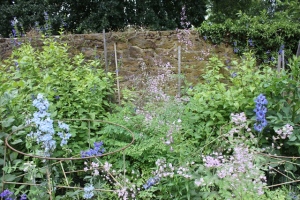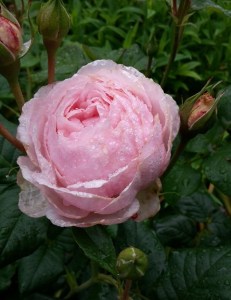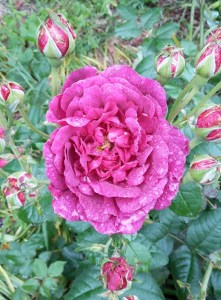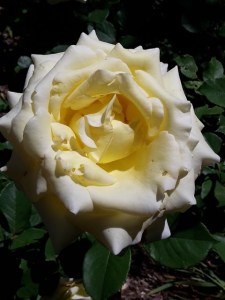Cloudehill is a modern garden slotted into what had been a farm/nursery/flower farm in the Dandenongs dating from the 1890s. A bushfire swept through the property in 1962 but some plantings survived from earlier times,1928 being a big planting year and then 1962 post the fire. The mature trees on the property date from these times.
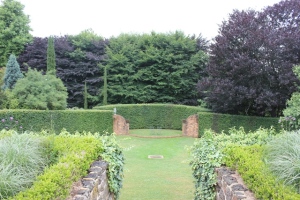
Cloudehill beeches
Part of the modern garden (built from 1992) incorporates a section of cool borders followed by warm borders on either side of a central path.
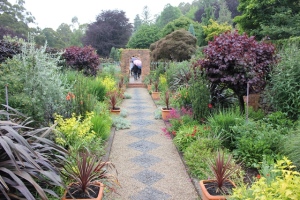
Cloudehill warm border
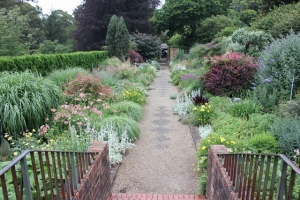
Cloudehill cool border
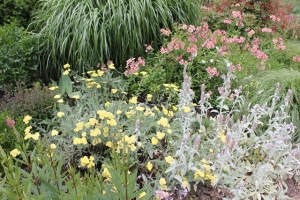
Cloudehill Achillea in cool border
The Achillea in the cool border caught my eye but it was not until I returned home and consulted “Cloudehill, a year in the garden” by Jeremy Francis that I realised it is probably Achillea “Moonshine”. I brought back Achillea “Coronation Gold” from the Diggers nursery now on site – a brighter yellow from the warm border but still with silvery foliage.
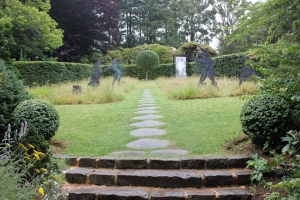
Cloudehill path through grass
The path through the grass looks like it might end at a topiary buxus or holly but I didn’t actually check. On the map this lawn is called the Commedia dell’arte lawn and maybe my Achillea has sneaked into the corner of the photo.

Cloudehill view down the valley
The local Mountain Ash eucalypts tower over the deciduous trees down the right of the photo.
The book by the current owner Jeremy Francis is very good and full of lots of great photographs including the colony of Arisaema candidissimum which I saw but failed to photograph. “Cloudehill, a year in the garden” by Jeremy Francis, Images Publishing, Victoria, 2010.
